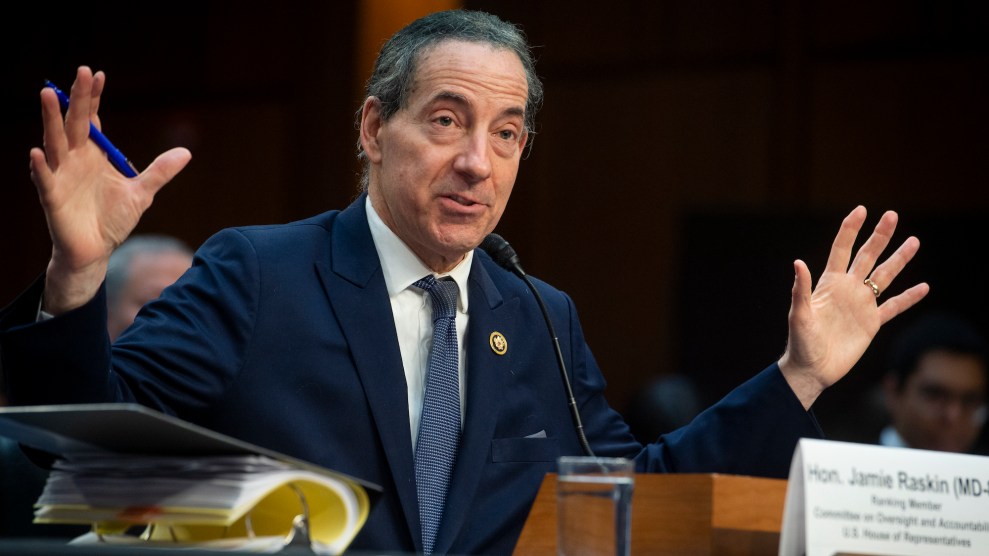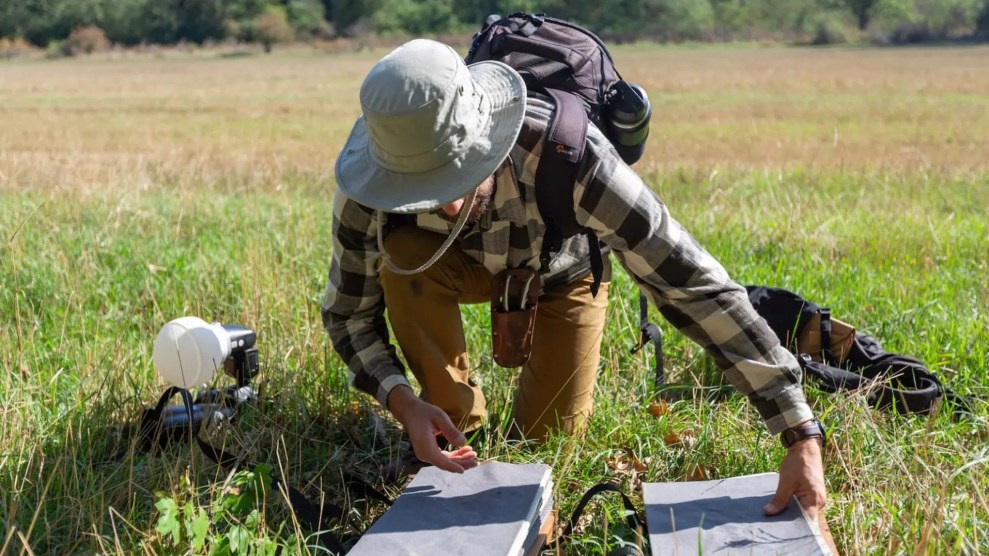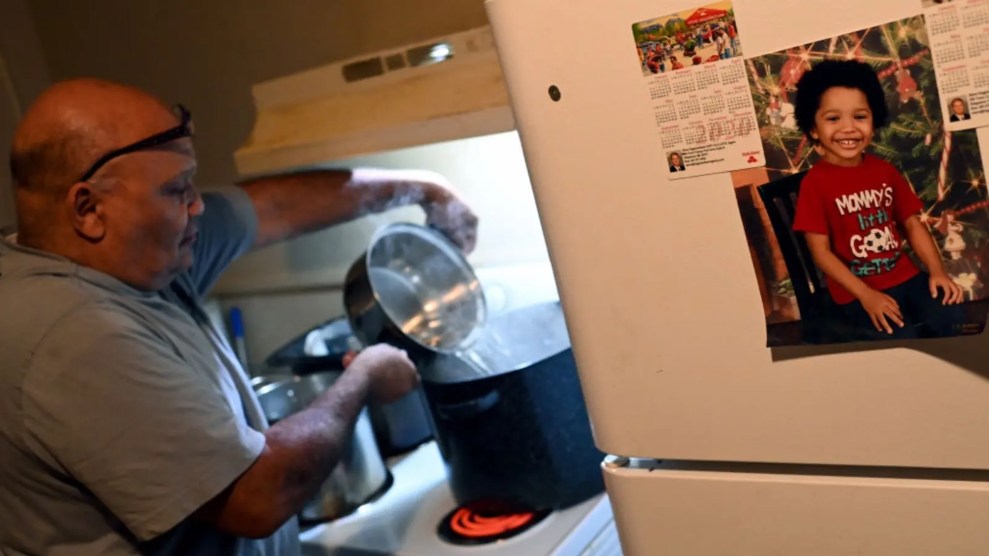yellow belt: some assembly required Install motion-activated light switches. Use low-flow showerheads. Use a power-consumption meter to track down energy vampires. Choose a power supplier that uses renewable energy. Support renewable power by paying a premium on your electric bills (“green pricing”). Insulate your home. Eat local. Use a laptop. Learn to drive stick.
green belt: kill a watt Convert your fridge to run on propane. Switch your home energy source from electric to gas. Use a solar oven. Buy only Energy Star-rated appliances. Get a front-loading washing machine. Install an on-demand water heater. Install double-glazed windows, or retrofit old ones. Apply for a “green mortgage” and get lower interest rates for your energy-efficient home.
brown belt: technical knockouts Install a gray-water system…or two-stage flush toilets…or composting toilets. Use “daylighting” products such as solar tubes, and a parabolic reflector. Install photovoltaic panels on your roof. Install a condensing boiler for central heat. Get motorized combustion air dampers. Replace your fireplace with a high-efficiency woodstove. Power your fridge with cold air from outside with a Freeaire system. Replace your furnace and AC with a geothermal heat pump—and upgrade it to heat your water.
black belt: you have the power Convert your hybrid to a plug-in. Use your solar array to sell power back to the grid on sunny days. Produce your own energy from biogas. Get yourself a wind turbine.















